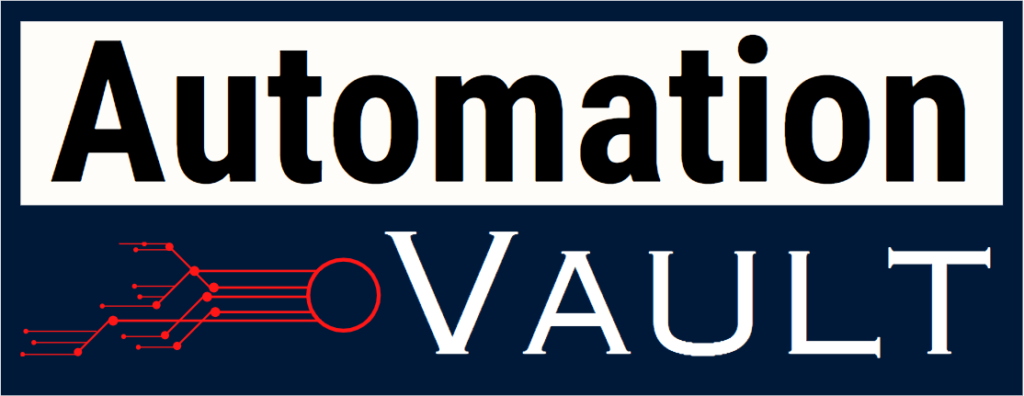In recent years, computer vision has emerged as a groundbreaking field, revolutionizing various industries with its ability to extract meaningful insights from visual data. From autonomous vehicles to healthcare diagnostics, the applications of computer vision are seemingly limitless. However, beneath its remarkable advancements lie several challenges that impede its full potential. In this article, we delve into these hurdles, exploring their implications and the ongoing efforts to overcome them.
Computer Vision and Its Applications
Computer vision is a branch of artificial intelligence (AI) that enables machines to interpret and understand the visual world. It involves the development of algorithms and techniques that allow computers to extract meaningful information from images or videos in a manner similar to human vision. By analyzing and processing visual data, computer vision systems can identify objects, recognize patterns, and make intelligent decisions based on visual inputs.
The applications of computer vision span across various industries, revolutionizing processes and enhancing efficiency in numerous domains. In healthcare, computer vision aids in medical imaging analysis, assisting healthcare professionals in diagnosing diseases, detecting anomalies, and planning treatments with greater accuracy.
In autonomous vehicles, computer vision enables cars to perceive their surroundings, identify objects such as pedestrians, cyclists, and traffic signs, and make real-time decisions to navigate safely on roads. In retail, computer vision powers automated checkout systems, inventory management, and personalized shopping experiences through facial recognition and product recommendation algorithms. Moreover, computer vision finds applications in security and surveillance, agriculture, manufacturing, augmented reality, and many other fields, illustrating its versatility and transformative potential in reshaping our interactions with the visual world.
Challenges in Computer Vision
Data: The Foundation of Computer Vision
Quantity and Quality:
At the heart of every successful computer vision model lies a robust dataset. Yet, acquiring vast amounts of diverse and high-quality data remains a formidable challenge. For niche domains or specialized tasks, collecting such data can be both expensive and time-consuming, slowing down progress in these areas.
Bias and Fairness:
The issue of bias in data is a pressing concern in computer vision. Biased datasets can lead to discriminatory outcomes, perpetuating societal inequalities. Overcoming this challenge requires vigilant efforts to mitigate bias in data collection and model development, ensuring fairness and inclusivity in the outputs generated by computer vision systems.
Computational Resources: Powering the Vision
Processing Power:
The computational demands of complex computer vision algorithms present a significant barrier to their widespread deployment. High-performance hardware is often required, limiting the feasibility of running these algorithms on low-power devices or in real-time applications.
Energy Efficiency:
In an era increasingly concerned with environmental sustainability, the energy-intensive nature of training and running computer vision models raises valid apprehensions. Developing energy-efficient algorithms is paramount to mitigate the environmental impact of this technology.
Perception and Understanding: Bridging the Gap
Common Sense Reasoning:
One of the distinguishing features of human vision is our innate ability for common sense reasoning. However, replicating this capability in computer vision models remains a formidable challenge. The lack of common sense reasoning can lead to misinterpretations or failures, particularly in complex scenarios.
Unseen Situations:
Computer vision models trained on specific datasets often struggle to generalize to unseen situations or variations in the environment. Adapting models to handle such variability is essential for their robust performance in real-world applications.
Explainability and Interpretability: Shedding Light on the Black Box
Black Box Problem:
The opacity of complex computer vision models poses challenges in understanding their decision-making processes. This “black box” phenomenon hinders the ability to explain model decisions or identify potential errors, raising concerns about accountability and trustworthiness.
Debugging and Troubleshooting:
Debugging issues in complex computer vision models can be akin to navigating a maze without a map. The lack of transparency complicates the process of identifying and resolving errors, prolonging development cycles and impeding progress.
Social and Ethical Concerns: Balancing Innovation with Responsibility
Privacy:
As computer vision technology becomes ubiquitous, concerns about privacy violations and misuse of personal data abound. Safeguarding individuals’ privacy rights requires robust measures to regulate the collection, storage, and usage of visual data.
Job Displacement:
The automation facilitated by computer vision has the potential to reshape industries and labor markets, leading to job displacement in certain sectors. Addressing this challenge necessitates proactive measures for workforce retraining and adaptation to mitigate the socio-economic impacts of automation.
Integration and Deployment: Bridging the Gap from Lab to Market
Interoperability:
Integrating computer vision systems with existing infrastructure and other AI systems can be a daunting task due to the lack of standardization. Interoperable solutions are essential to facilitate seamless integration and maximize the utility of computer vision technology.
Security and Robustness:
Ensuring the security and robustness of computer vision systems against adversarial attacks is paramount for their real-world deployment. Robust defense mechanisms and rigorous testing protocols are imperative to safeguard against potential threats.
Despite these formidable challenges, the field of computer vision continues to evolve rapidly, driven by relentless innovation and interdisciplinary collaboration. Researchers are exploring cutting-edge techniques such as transfer learning, domain adaptation, and explainable AI to surmount these hurdles and unlock the full potential of this transformative technology.
In conclusion, while the challenges in computer vision are multifaceted and complex, they are not insurmountable. By fostering a collaborative ecosystem of researchers, industry practitioners, policymakers, and ethicists, we can navigate these hurdles and steer the trajectory of computer vision toward a future marked by innovation, inclusivity, and responsible deployment. As we embark on this journey, let us remain steadfast in our commitment to harnessing the power of computer vision for the betterment of society while upholding ethical principles and ensuring equitable access for all.


Leave a Reply